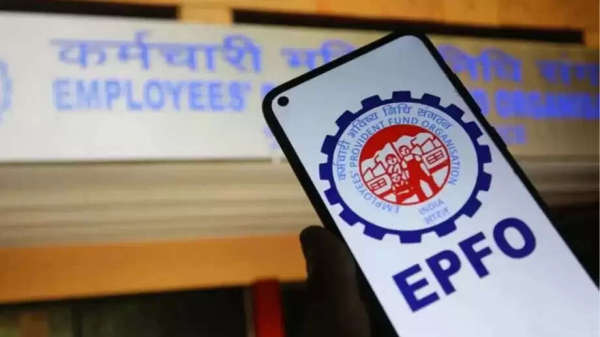
Every year, Employee Provident Fund (EPF) account holders eagerly wait for the interest to be credited to their account, but EPFO often delays in depositing the interest, which often creates problems regarding tax.
If you have deposited more than Rs 2.5 lakh (Rs 5 lakh for government employees) in EPF in a year, then tax deduction (TDS) is levied on the interest received on this additional amount. If your EPF account is linked to PAN, then the rate of TDS is 10%. If PAN is not linked, then the rate of TDS will be 20%. On the other hand, if the taxable interest is less than 5,000, then TDS will not be deducted.
Why is there confusion regarding tax?
When EPFO does not deposit the interest in the account on time, it becomes difficult to understand in which financial year this interest should be shown and tax should be paid. Although it appears in the EPF passbook that the interest has been deposited by March 31, in reality, this credit happens the next year. For example, the interest for FY25 (2024-25) did not come till March 2025. The government fixed the interest rate on it in May 2025, and some people got this interest in FY26 (2025-26).
According to CA Ashish Karundia, if the interest is credited in FY26, then TDS will also be applicable in the same year, and it will be visible in Form 26AS and AIS. In such a situation, if you pay the tax in FY25 itself, then due to the non-availability of data in FY26, a notice may come from the tax department.
He said that there is an option to give feedback in AIS that this TDS is for the previous year, and the tax has already been paid. But EPFO usually does not update its TDS returns, which can lead to a mismatch in ITR and AIS / 26AS.
What to do?
Tax experts say that you should pay tax on interest in the year it is credited to your account, i.e., when EPFO credits it and deducts TDS. This means that if you have received interest for FY25 in FY26, then pay tax for it next year, not this year. This will avoid confusion between the tax department and EPFO, and problems like notices can also be avoided.
It is easier and safer to show EPF interest in tax on a credit basis, rather than showing it in the year it was recorded in the passbook. Also, EPFO should declare and credit the interest rate in the same year, so that there is no confusion regarding tax.
Disclaimer: This content has been sourced and edited from TV9. While we have made modifications for clarity and presentation, the original content belongs to its respective authors and website. We do not claim ownership of the content.